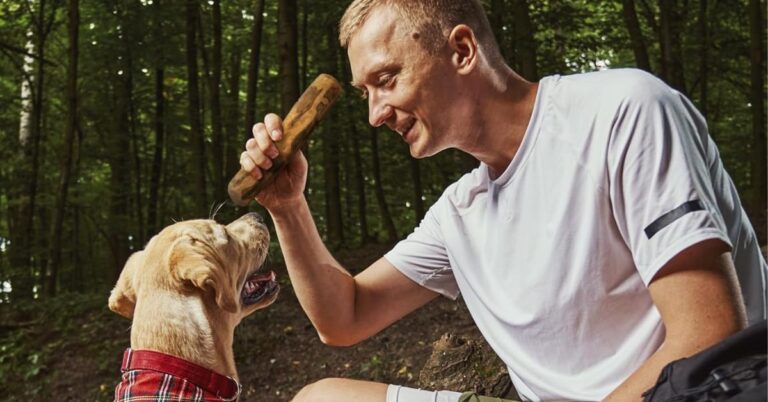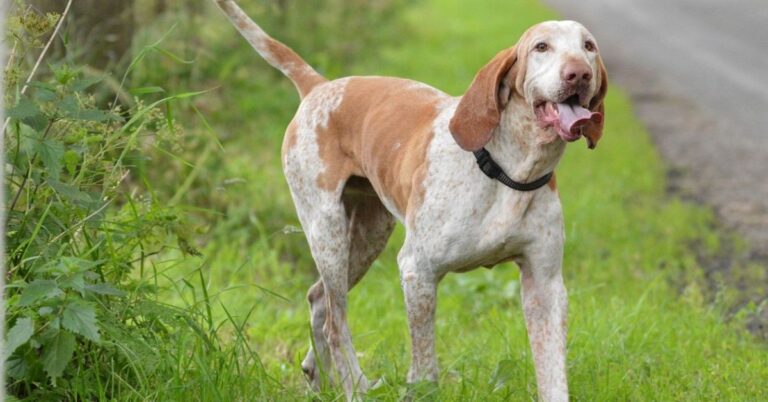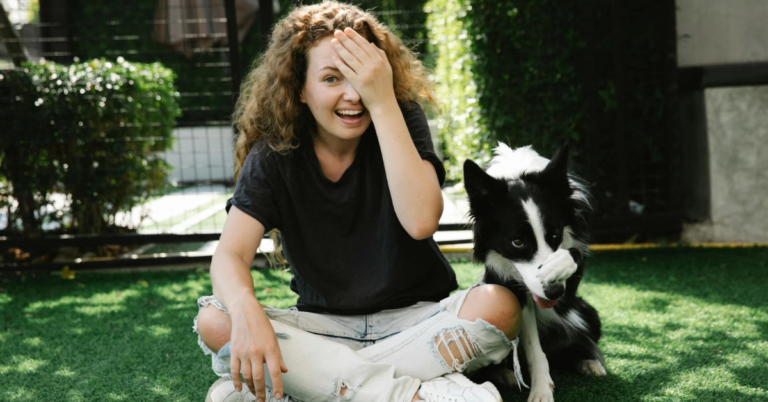15 Unusual Dog Behaviors and What They Really Mean
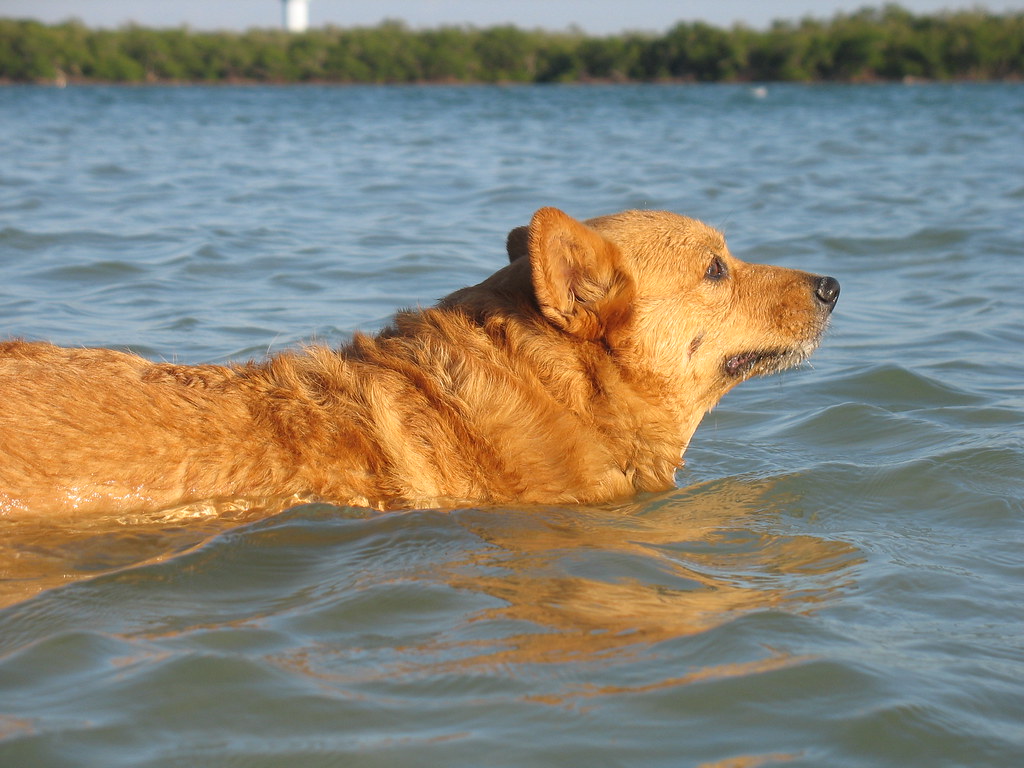
Dogs do a lot of things that seem weird until you learn what they’re really trying to say. These behaviors might look random, annoying, or downright confusing, but most have a reason rooted in instinct, emotion, or physical need. Here’s a closer look at some of the strangest things dogs do and what they’re actually telling us.
Spinning in Circles Before Lying Down
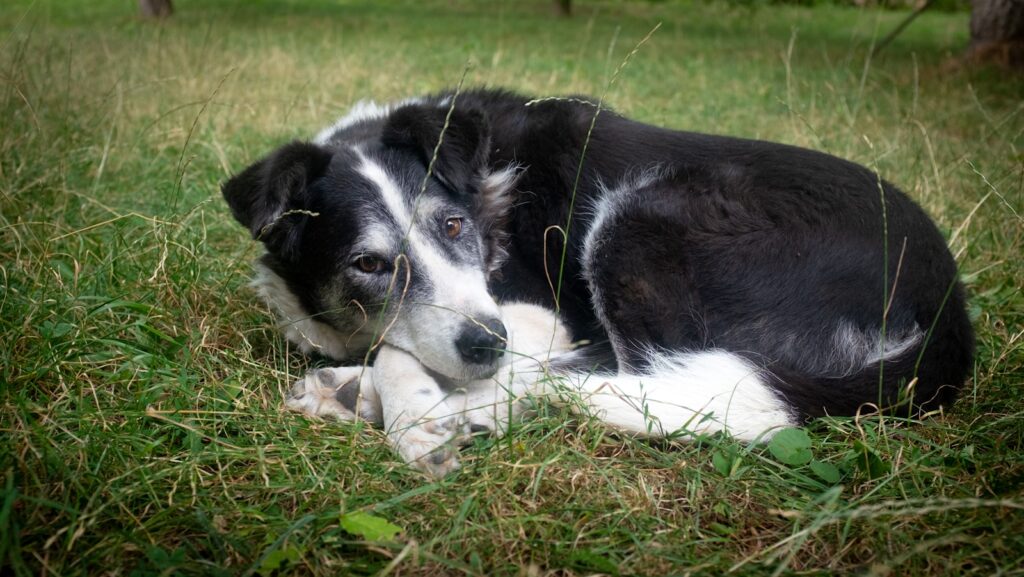
At first glance, it looks like your dog is chasing an invisible tail or just stalling bedtime. But this ritual comes from theirwild ancestors. Wolves and feral dogs would walk in circles to pat down grass, snow, or leaves, creating a safe, comfortable sleeping space. Today’s dogs do it out of instinct.
Chasing Their Tail
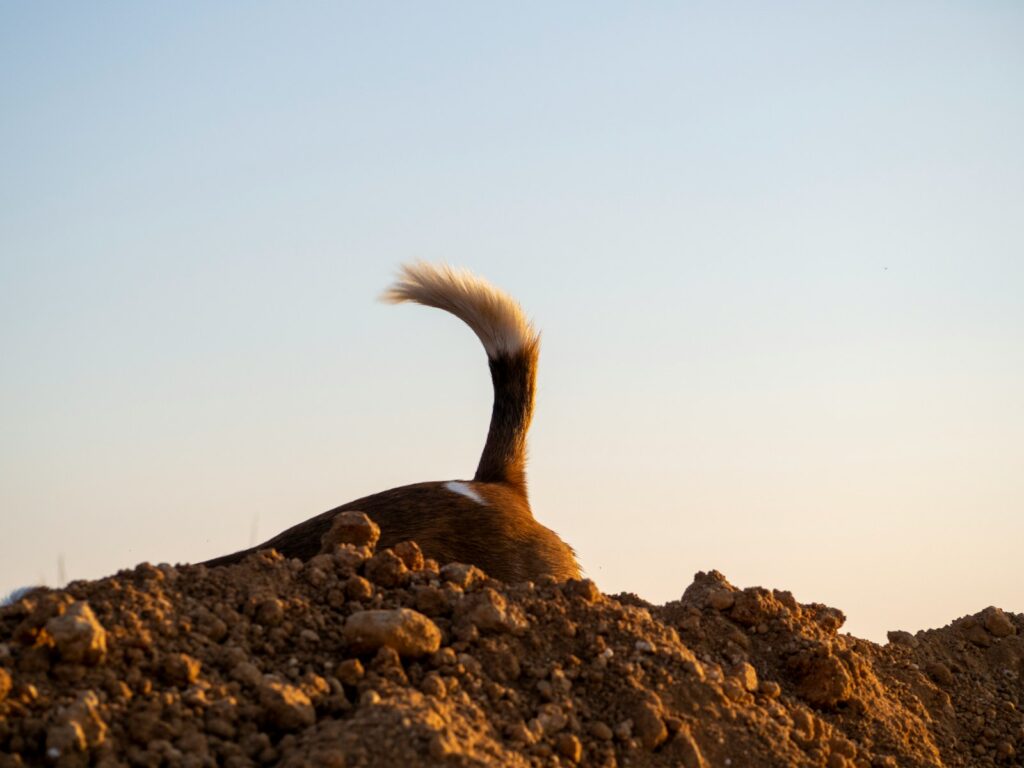
Watching a dog spin in wild pursuit of its own tail can be funny, but if it’s happening frequently, it’s time to look closer. In puppies, it’s often harmless play, as they’re discovering their body. But in adult dogs, tail-chasing can be a sign of boredom, lack of exercise, or even a compulsion. Some dogs develop tail-chasing as a self-soothing mechanism when they’re stressed or under-stimulated.
Sitting on Your Feet
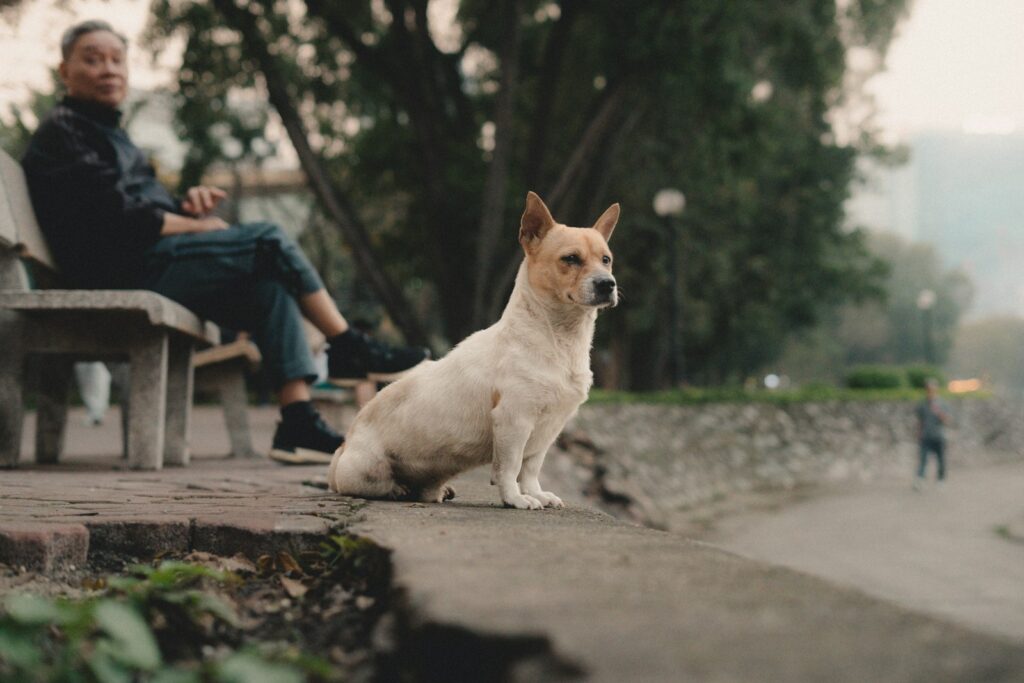
When your dog plops down on your feet, it might feel like they’re being clingy or even possessive. In reality, it’s often a simple desire for closeness and comfort. Your scent is reassuring to them, and your feet provide warmth and a physical connection. Some dogs sit on their humans as a bonding gesture, similar to cuddling. However, in multi-dog homes or public settings, it can also be a mild display of dominance or resource guarding.
Huffing or Snorting Like a Pig

That weird “snorting in reverse” noise can be alarming the first time you hear it, but it’s actually a common phenomenon called reverse sneezing. It happens when a dog rapidly pulls air into the nose instead of pushing it out like in a normal sneeze. It’s usually triggered by allergies, excitement, leash pressure, or sudden temperature changes. While it can lookdramatic, it’s generally harmless and lasts less than a minute.
Rolling in Gross Stuff
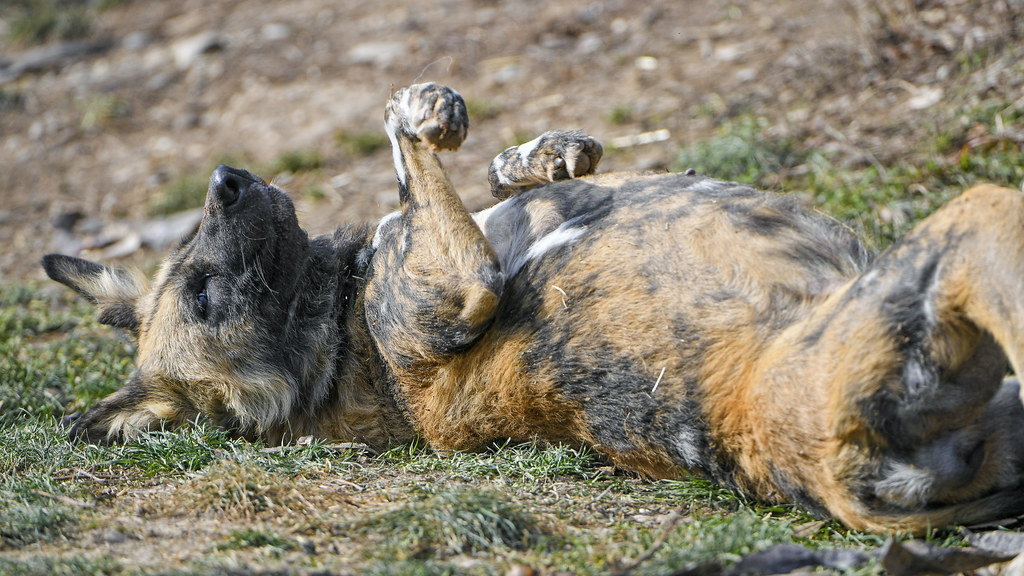
If your dog finds the nastiest pile of something outside and gleefully rolls in it, you’re not alone—it’s a common (and disgusting) dog habit. Theories behind this behavior range from ancestral camouflage techniques (to mask their scent during hunts) to a way of sharing “news” with their pack by bringing back strong smells. Others believe it’s simply fun sensory stimulation.
Sleeping with Their Eyes Half Open

Creepy as it may seem, some dogs sleep with their eyes partially open. This behavior can be a leftover evolutionary trait—keeping part of their brain alert even in sleep. Some dogs also have more visible third eyelids, which can give the illusion of half-open eyes. It’s usually not a problem unless it’s paired with twitching, drooling, or loss of control, which could indicate a seizure or other neurological issue.
Humping Other Dogs (or Objects)
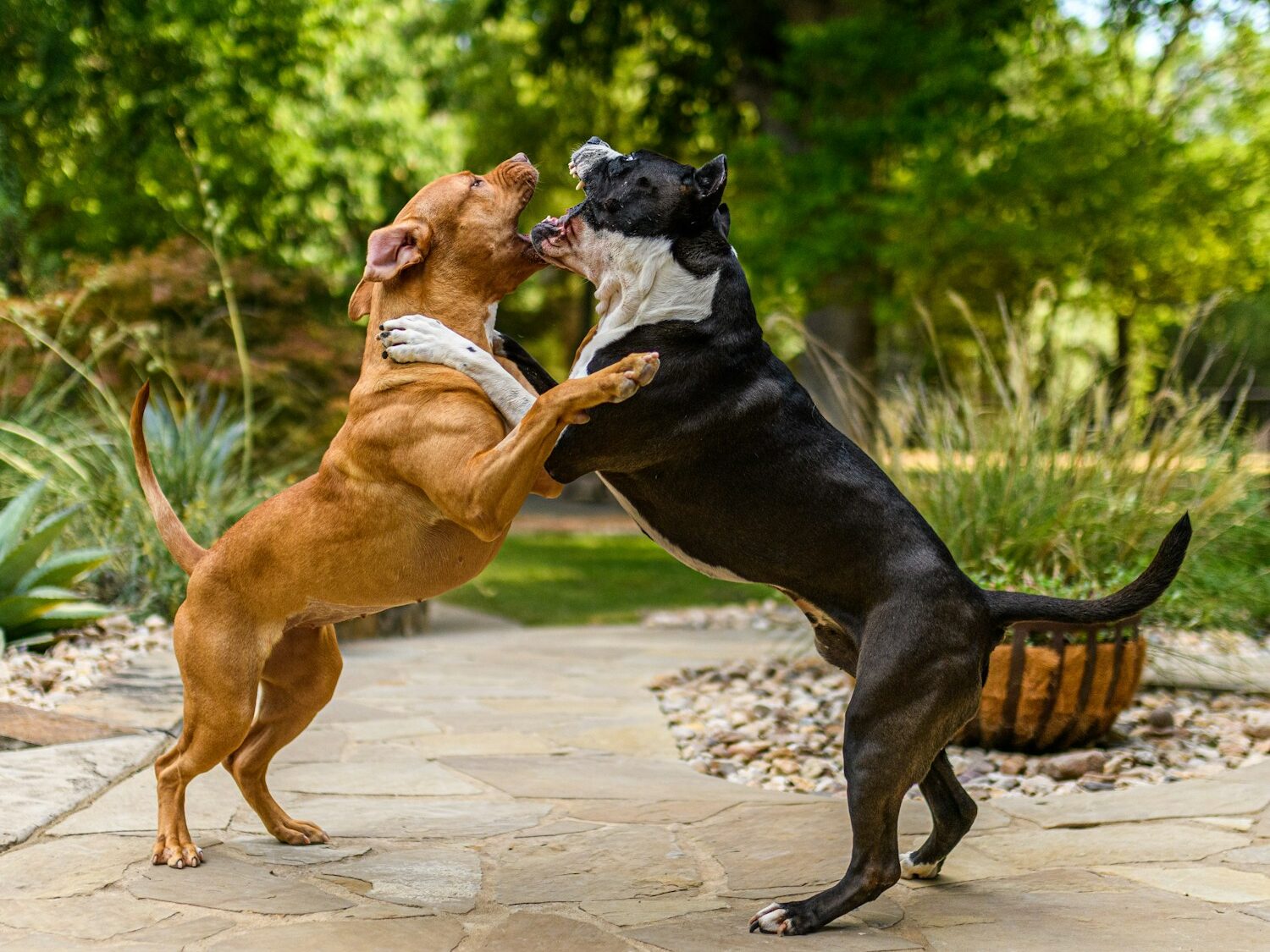
Most people assume humping is purely sexual, but that’s only part of the story. Dogs may hump when they’re overexcited, anxious, stressed, or even when trying to establish dominance. It’s also a form of play behavior in some dogs, particularly in social settings where they’re unsure how to interact. If your dog humps guests, furniture, or other dogs often, it could become a behavioral problem or social faux pas.
Pawing at the Water Bowl
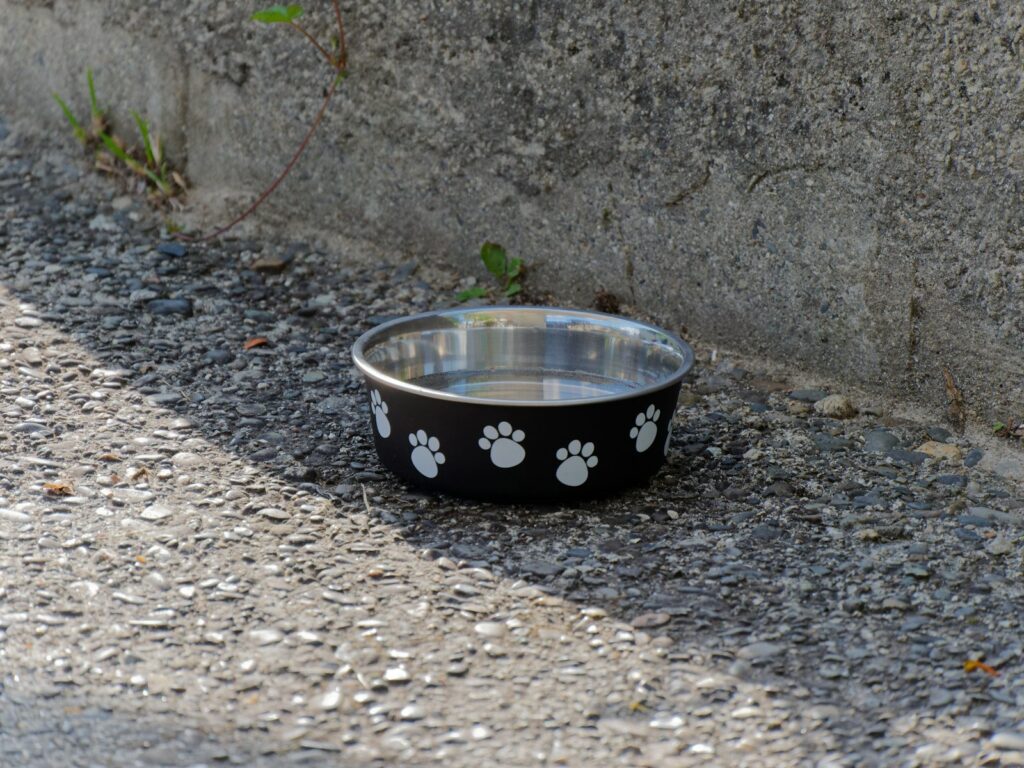
If your dog dips their paws into their water bowl or splashes before drinking, it can be puzzling. Some dogs do it out of curiosity, or to test the depth or temperature of the water. Others treat the bowl like a toy, especially if they’re bored or under-exercised. Certain breeds, especially retrievers and water dogs, have a natural tendency to play with water. While it might be endearing at first, constant pawing can be messy and wasteful.
Eating Dirt or Rocks
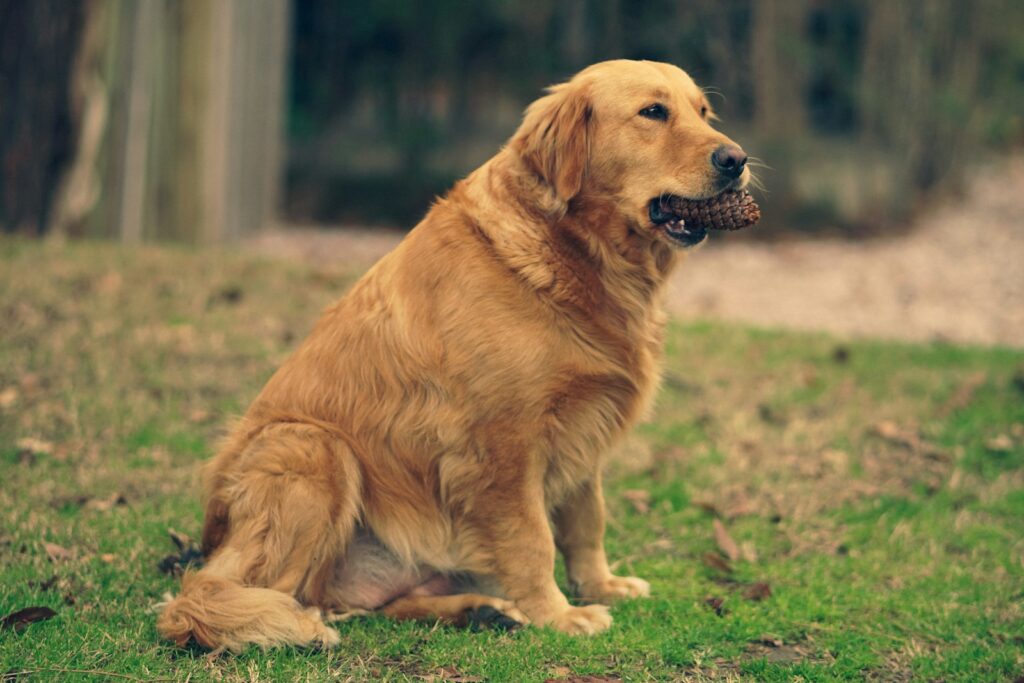
Dogs eating dirt, rocks, mulch, or other non-edible materials may be displaying a behavior known as pica. This can sometimes stem from a nutritional deficiency—your dog may be lacking certain minerals or fiber. It might also be due to boredom, anxiety, or an underlying medical issue like gastrointestinal discomfort. Puppies are particularly prone to exploring the world with their mouths, but this habit can become dangerous if sharp or toxic items are ingested.
Barking at Nothing
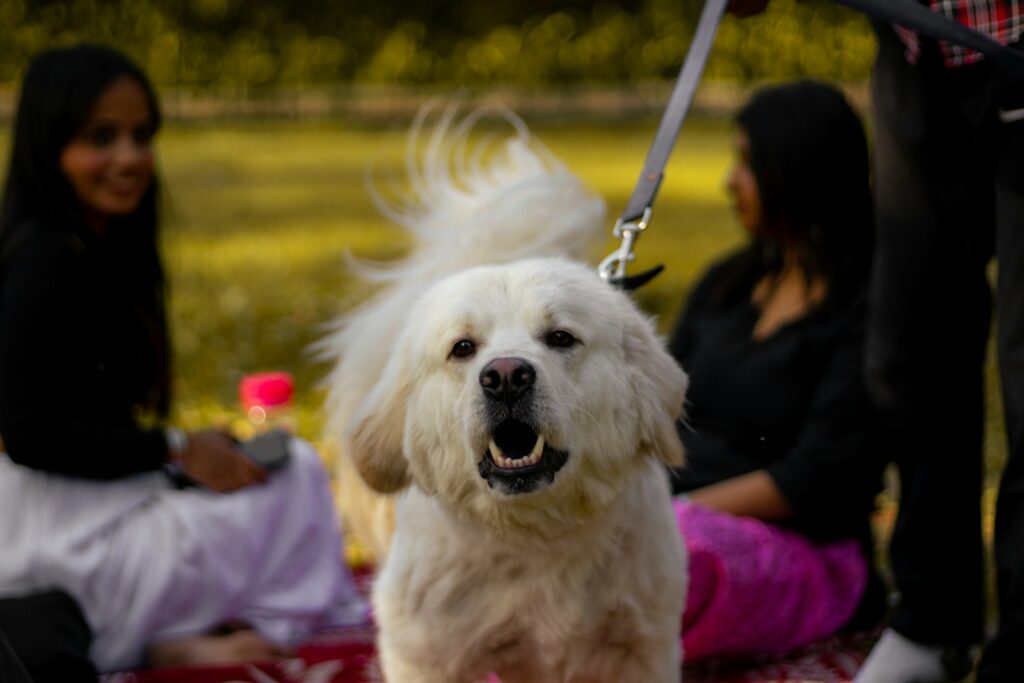
It’s frustrating when your dog barks into thin air, but chances are, they’re reacting to something your senses missed. Dogs have incredibly sharp hearing and smell, and they may be responding to distant sounds, wildlife, or unfamiliar scents. However, if the behavior is frequent and without an obvious trigger, it could indicate anxiety, territorial behavior, or even cognitive decline in senior dogs. Nighttime barking, in particular, might point to discomfort or fear.
Freezing in Place on Walks
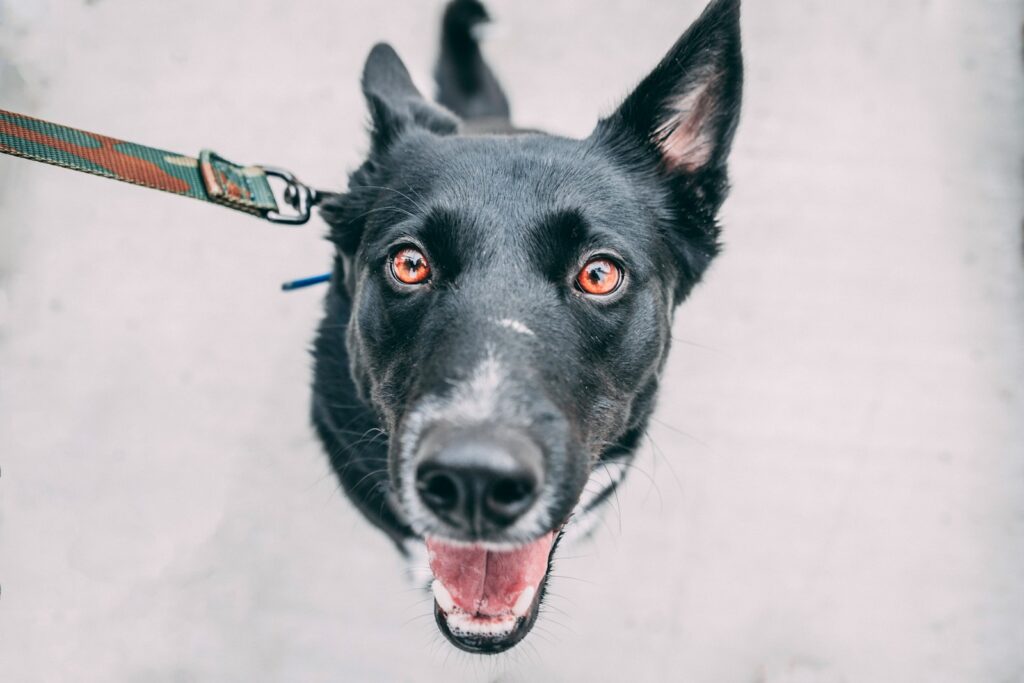
A dog that suddenly stops during a walk may be telling you they’re overwhelmed, scared, or physically uncomfortable. Some dogs freeze when they encounter something unfamiliar, like a new smell, surface, or loud sound. Others may halt if they’re experiencing pain in their legs or paws, especially senior dogs or those with joint issues. If your dog consistently freezes in the same area, there might be a pattern worth exploring (like a neighbor’s aggressive dog or traffic noise).
Yawning A Lot
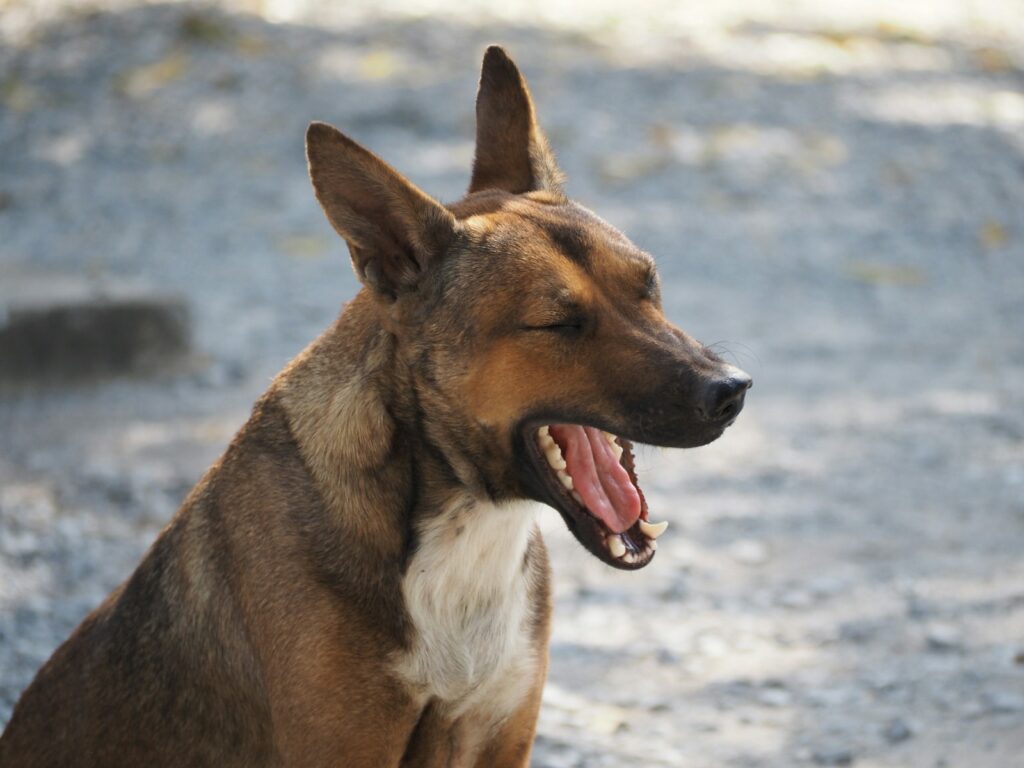
Yawning in dogs isn’t always about being tired. In fact, frequent yawning is often a stress signal. Dogs use it as a calming mechanism when they’re nervous or unsure. You might notice it during training sessions, car rides, vet visits, or when meeting new people. It can also be a way for your dog to defuse tension with other dogs or humans, sort of like saying, “I don’t want trouble.”
Licking the Air
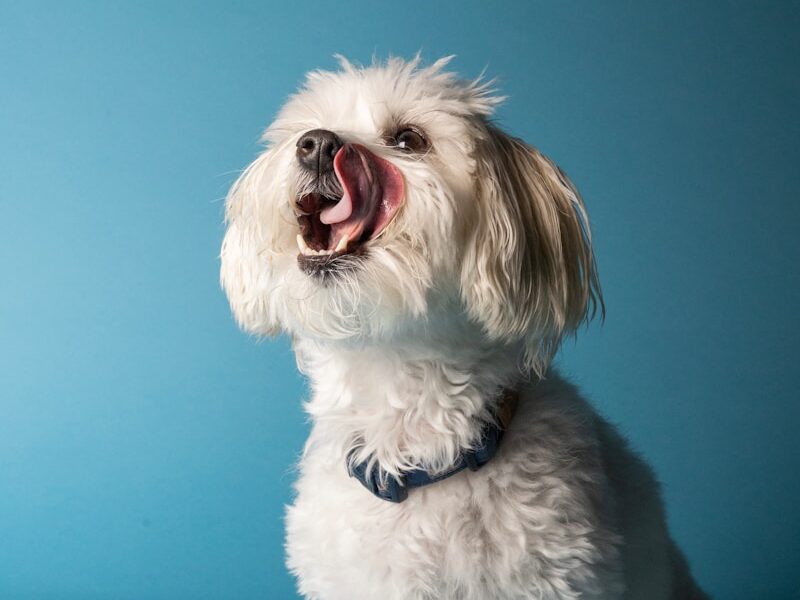
When your dog starts licking the air repeatedly, it might look comical, but it can actually indicate something more serious. Some dogs lick the air when they smell something unusual, especially with strong or unfamiliar scents. However, if it’s frequent, it could point to nausea, acid reflux, or dental issues. Dogs with GI upset often try to soothe their stomachs this way. In some cases, air licking is a compulsive behavior caused by anxiety.
Carrying Food to Another Room Before Eating
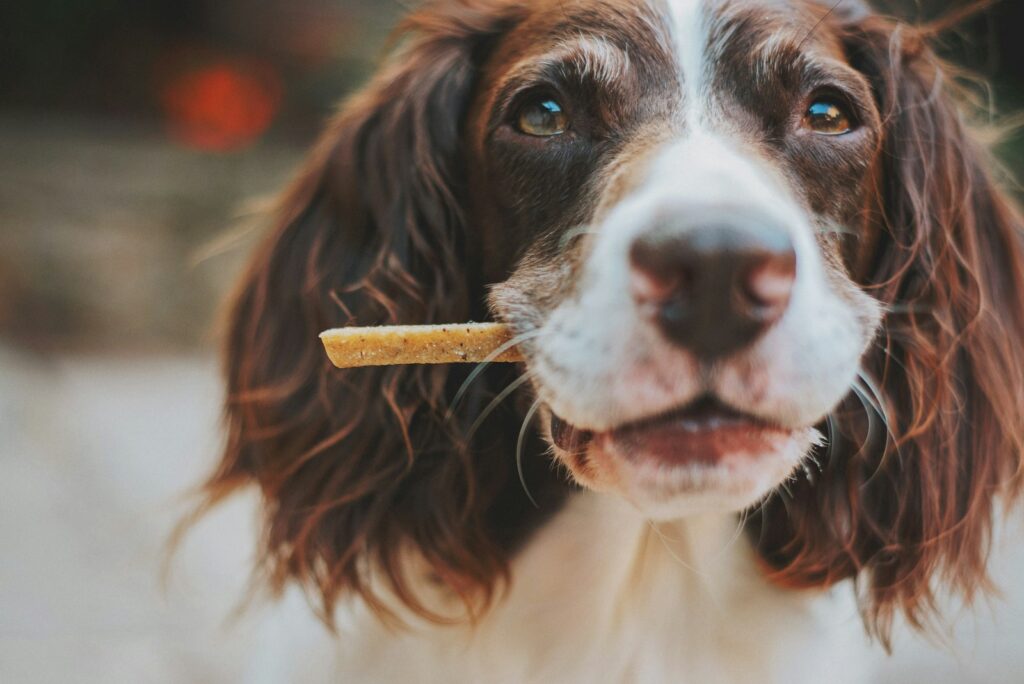
If your dog grabs a mouthful of food and trots off to eat it elsewhere, they may be acting on instincts to protect their food from “predators.” In the wild, it was safer to eat away from the pack to avoid conflict. In modern homes, it can also signal anxiety, competition with other pets, or simply a desire for peace and quiet. Some dogs just have a favorite eating spot.
Showing the Whites of Their Eyes (“Whale Eye”)
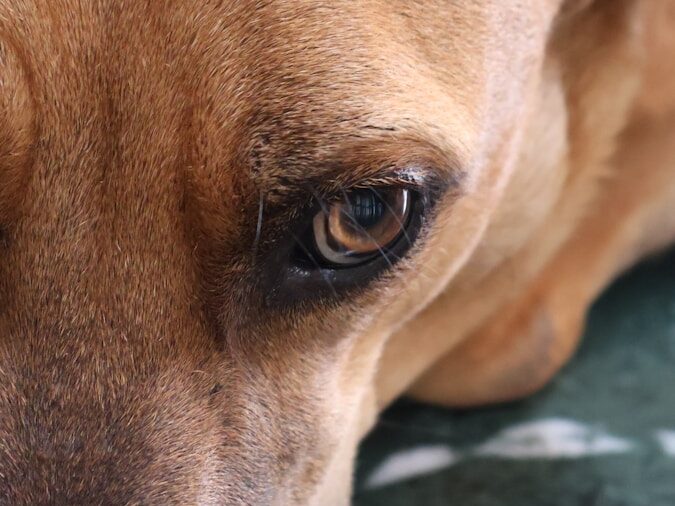
Known as “whale eye,” this behavior happens when a dog turns their head away but keeps their eyes locked on a person, pet, or object. It usually indicates stress, fear, or discomfort. Dogs show whale eye when guarding a toy, being approached too closely, or during grooming or vet visits. It’s their way of saying, “Back off, I’m not comfortable.”

